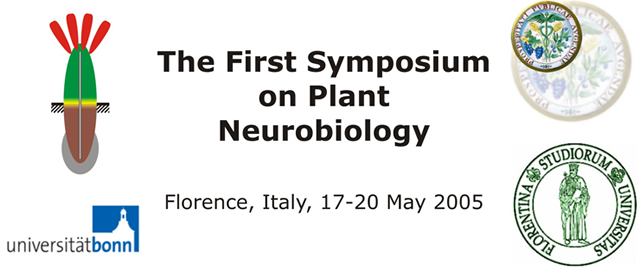|
Almost all plants have numerous apical
meristems, each with the potential of forming an entire shoot system. Since resources are limited, a plant
must ‘choose’ the best alternatives, based on integrated though incomplete information from
various sources and its predictions about future performance. An additional challenge is that the development
of any meristem must be correlated with appropriate vascular differentiation and other developmental events,
throughout the plant. The presentation will aim to show how, in the absence of a central decision organ,
integration of both types can depend on the formation of, and responses to, auxin and other simple molecular
signals.
Experiments were carried out on a model system, pea seedlings with two shoots. In most plants
only one of these shoots would continue growing. We studied the influence of both local and overall
environmental conditions, the removal of leaves of different ages, and the previous developmental rate of
individual shoots on the choice of which shoot will continue growing.
The evidence of both experiments
and comparative observations supports the following hypothesis. All components of a shoot are sources of auxin
and presumably other signals. The synthesis of different amounts of the very same hormones depends on the
immediate environment and developmental stage of individual organs. The responses to auxin occur throughout
the plant and include the orientation of vascular differentiation towards organs that are its strongest
source. This results in competition between alternative organs according to integrated information about their
state. This information predicts their future contribution according to the adaptations and evolutionary
experience of the species. |

